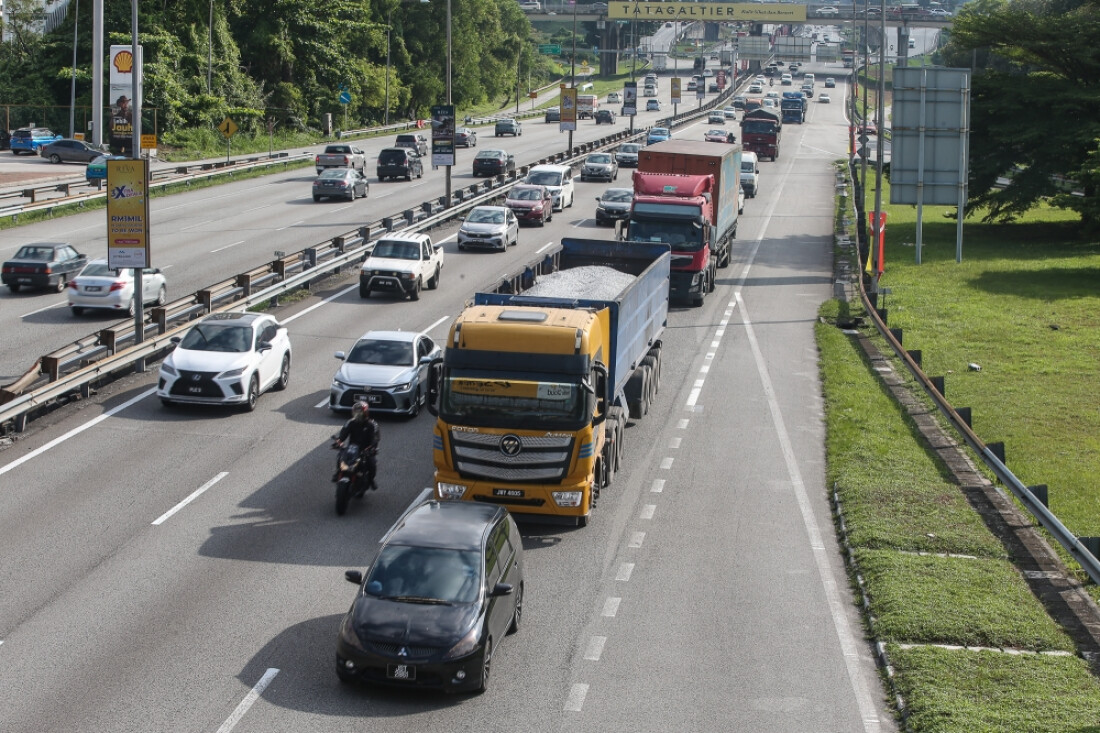Malaysia is moving fast toward a smarter, safer future on the road — and speed limiting technology is leading the charge. With GPS tracking, OTA updates, and smart fleet solutions, cities are becoming more connected and fleets more intelligent. These tools are transforming how vehicles move through urban spaces, all while improving safety, compliance, and efficiency.
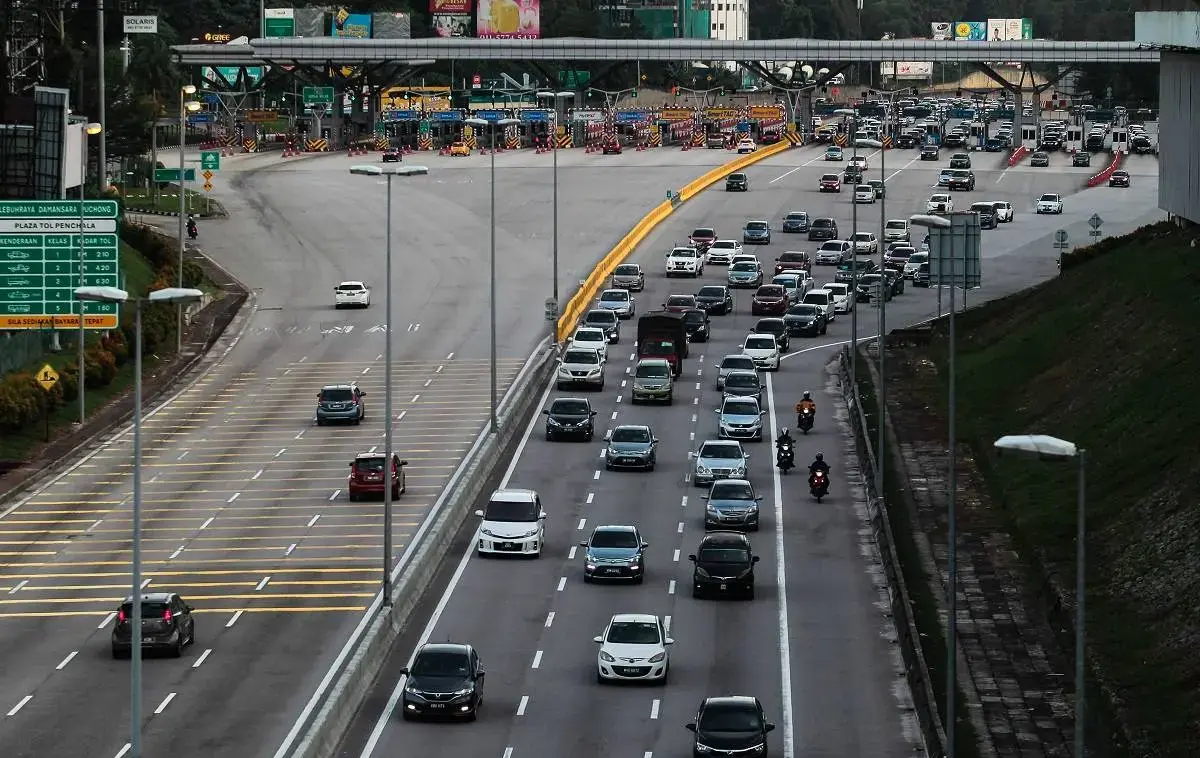
The Road to Smart Cities in Malaysia
Smart cities aren’t just about flashy tech or digital billboards. At their core, they’re about making life better — safer streets, cleaner air, and smoother traffic. In Malaysia, places like Putrajaya and Cyberjaya are already setting examples of how urban centers can become digitally connected ecosystems.
A big part of this transformation involves smart mobility. As more vehicles hit the roads, the need for real-time data, predictive traffic control, and fleet efficiency grows. That’s where connected road safety comes in — especially through tools like malaysian speed limiters, GPS tracking systems, and vehicle telematics.
The Role of Speed Limiting in Connected Road Safety
Speeding remains one of the most dangerous habits on the road — not just in Malaysia, but worldwide. It’s a silent threat that leads to higher crash severity, increased braking distances, and reduced reaction times. For Malaysia, where urban roads mix with high-speed highways and rural terrain, managing vehicle speed is essential to saving lives.
But here’s the truth: Speed limiting today isn’t what it used to be.
It’s not just about cutting the power at a certain threshold. It’s about using smart, connected technology to manage speed intelligently, based on real-time data, location, and even driving conditions.
What Is a Smart Speed Limiter?
A smart speed limiter is a microcontroller-based device installed in a vehicle that communicates directly with the ECU (Engine Control Unit). It regulates the maximum speed a vehicle can reach — but it does so with precision, and often with the help of GPS, terrain data, and digital zoning.
There are multiple types, including:
-
Fixed Limiters – Simple and static, often used in older public transport fleets
-
Adaptive Speed Limiters – Adjust speed based on GPS and location intelligence
-
Dual or Multi-Speed Limiters – Switch between pre-set speed limits automatically based on road type (e.g. 90km/h on highways, 60km/h in cities)
Some even use geo-fencing, meaning speed is automatically limited when entering a restricted area like a school zone, construction site, or high-risk traffic corridor.
Speed Limiting Meets GPS: A New Era of Road Safety
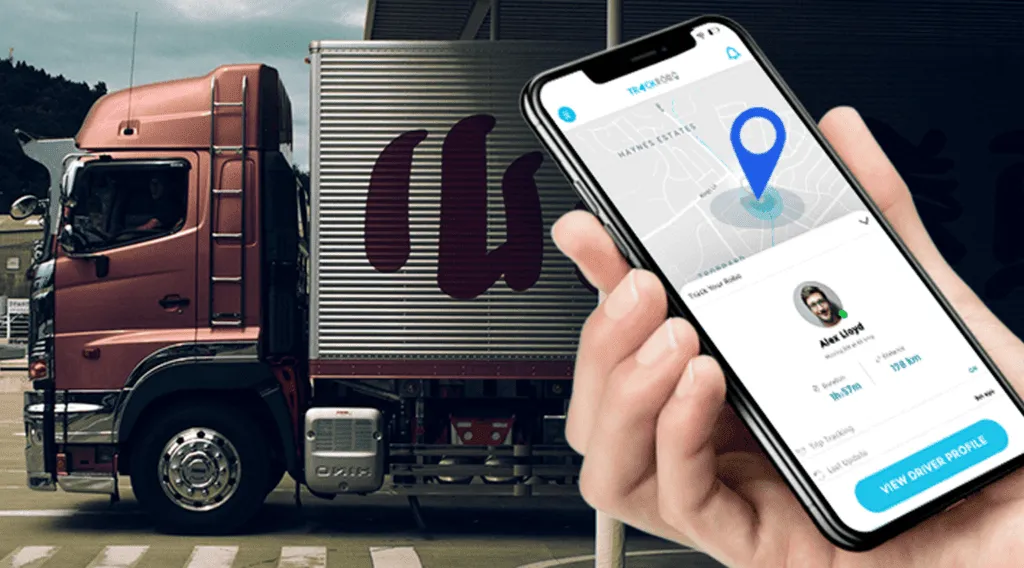
When speed limiting is combined with GPS tracking, the safety potential grows exponentially. Fleet operators can not only enforce speed rules but also monitor driver behavior in real time.
This GPS-speed limiter integration allows:
-
Dynamic speed enforcement: Limits change depending on the vehicle’s GPS location
-
Speed alerts: Instant alerts for over-speeding or harsh acceleration
-
Behavior profiling: Long-term data on how drivers operate across different routes
-
Preventive intervention: Adjust speed thresholds remotely if risk zones are detected
This kind of data-driven control reduces the chances of human error — especially in fatigued or distracted driving situations.
Dual Speed Limiters: Smart Control for Mixed Environments
Malaysia’s road network includes everything from high-speed expressways to narrow kampung roads. That’s where dual speed limiters become powerful tools.
A dual limiter allows:
-
Two pre-programmed speed caps based on terrain or route
-
Auto-switching between limits without driver input
-
Lower speed zones for city or residential areas
-
Higher limits for controlled-access highways
This kind of “smart switch” minimizes the need for manual oversight. For instance, a school bus can travel at 80 km/h on a highway but automatically reduce to 50 km/h when entering a school zone — without relying on the driver to adjust anything.
Benefits Beyond Safety
Speed limiting is often misunderstood as just a safety feature. But in smart fleet management, it’s a multi-dimensional performance enhancer. When deployed correctly, it impacts:
Fuel Efficiency
Vehicles driving at controlled speeds use less fuel. Over time, that means thousands in savings for fleet operators, especially in logistics and delivery services.
Vehicle Longevity
Engines, brakes, and tires wear out slower when the vehicle operates within optimal speed ranges. This reduces maintenance costs and downtime.
Insurance and Compliance
Many insurers offer lower premiums for fleets using certified speed limiters. It also helps companies meet government safety regulations, such as those set by JPJ or upcoming mandates under MyDIGITAL.
Accident Reduction
A study by the European Transport Safety Council showed that effective speed limiting can reduce serious accidents by 20–30%. In school buses and heavy commercial vehicles, this number can be even higher.
Why Fleets Must Adopt Now
In a connected, smart city future, managing vehicle speed isn’t just an option — it’s a core pillar of urban safety. Fleet operators, school transport services, and logistics providers must recognize that manual speed control is outdated.
Modern speed limiting systems:
-
Integrate with IoT platforms
-
Work in sync with fleet telematics
-
Can be updated remotely through OTA (Over-the-Air) technology
-
Support real-time analytics and reporting
When speed is managed with precision, lives are saved, costs are reduced, and cities become safer for everyone.
Smart Fleet Solutions in Malaysia: Innovations from Resolute Dynamics
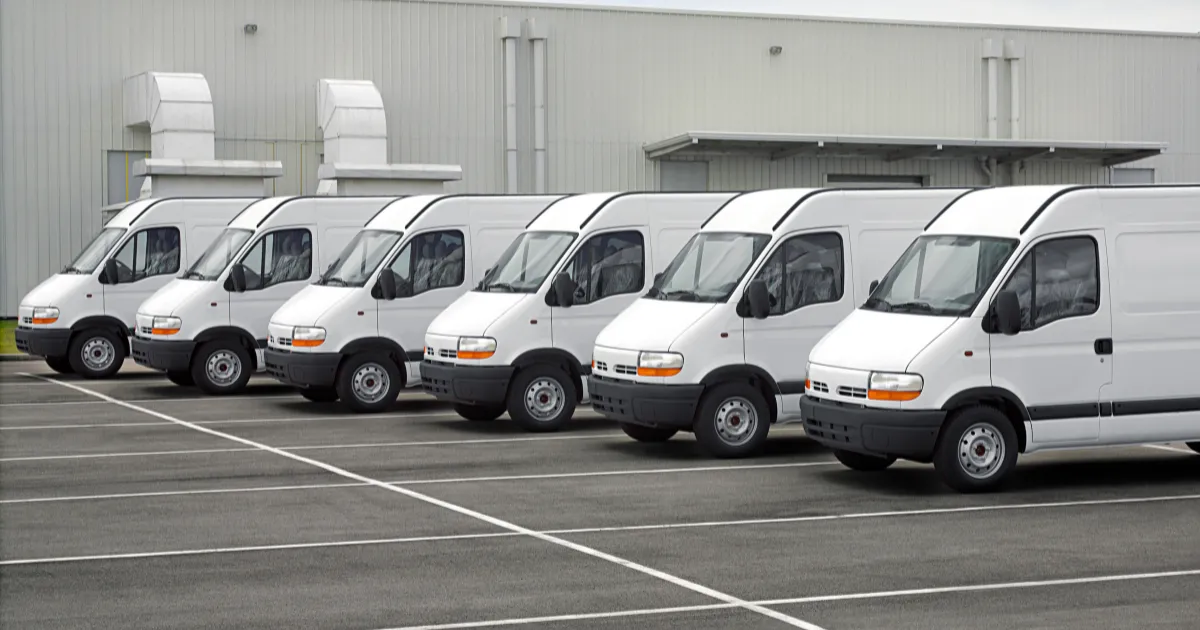
When it comes to smart fleet technology, Resolute Dynamics is a key player in the region. Their solutions go beyond basic tracking. They’re building an ecosystem where fleets can be monitored, optimized, and updated in real time.
Key Technologies:
-
Speed Limiters & Dual-Speed Limiters: Terrain-based, programmable devices for dynamic control
-
GPS Tracking Systems: Real-time location, route history, and behavior analytics
-
Smart Lift Monitoring: For vehicle workshops to improve service accuracy
-
School Bus Safety Solutions: Tailored speed control to protect children on the move
Resolute’s focus on precision engineering and cutting-edge innovation makes these tools not just smart, but scalable. These aren’t off-the-shelf solutions — they’re designed to evolve with Malaysia’s growing urban challenges.
Over-the-Air (OTA) Updates: The Backbone of Scalable Fleet
In the fast-changing world of smart mobility, one thing is clear — manual fleet management is no longer enough. Roads are smarter, cities are getting more connected, and regulations change quickly. To keep up, vehicle systems must be just as flexible. That’s where Over-the-Air (OTA) updates come in.
Think of OTA as the wireless bridge between your fleet and your control center. Just like how your smartphone gets new features or security fixes through an internet update, your vehicles can now do the same — without ever stepping into a workshop.
What Are Over-the-Air (OTA) Updates in Fleet Management?
OTA updates allow fleet managers and OEMs (original equipment manufacturers) to remotely install, update, or configure software in vehicles via a cloud-based system. This means no physical contact, no technician visit, and no downtime.
This technology is already common in electric vehicles like Tesla, but now it’s moving into commercial fleets, public transport, and smart city infrastructure.
Using cellular connectivity, Wi-Fi, or dedicated vehicle-to-cloud (V2C) protocols, an OTA system can:
-
Deliver new software versions
-
Update firmware or safety modules
-
Reprogram speed limit parameters
-
Install new diagnostic or tracking tools
-
Fix bugs or vulnerabilities remotely
This is more than convenience — it’s a game-changer for scalable fleet innovation.
Why OTA Is Critical for Modern Fleets
As cities become more complex, vehicles must adapt to:
-
New traffic laws
-
Environmental policies
-
Safety regulations
-
Smart city protocols
-
Geo-zones and congestion charges
OTA makes this possible in real time.
For example:
-
When a city introduces new emissions zones, OTA can adjust engine behavior or routing logic to stay compliant.
-
If a national law reduces the speed limit on urban roads, the fleet manager can instantly lower speed thresholds across every vehicle with a few clicks.
This level of flexibility and responsiveness is what makes OTA the backbone of connected mobility.
How OTA Works in Fleet Systems (Simplified)
Here’s a simple breakdown:
-
Central Dashboard – The fleet operator logs into a secure software portal.
-
Update Creation – Software engineers or admins prepare a new version (e.g., speed limiter patch, GPS setting, safety rule).
-
Remote Push – The update is sent wirelessly through the cloud network to all selected vehicles.
-
Vehicle Installation – The update installs in the vehicle’s ECU (Engine Control Unit), typically when parked or idle.
-
Confirmation – The dashboard receives a success signal from each vehicle. Everything is logged and timestamped.
This process takes minutes, not days — and can be rolled out to dozens, hundreds, or even thousands of vehicles at once.
OTA Improves Compliance, Safety, and Cybersecurity
With road safety laws tightening and environmental rules becoming stricter, OTA allows fleets to stay compliant — even before a mandate takes effect.
Key Compliance Benefits:
-
Update speed limiter rules based on changing road categories
-
Comply with noise or emissions zones without mechanical adjustments
-
Push emergency patches for bugs or loopholes in control systems
Also, OTA enhances cybersecurity. Vehicles are becoming moving computers, and like any digital system, they need regular security patches to protect against vulnerabilities.
Fleet cybersecurity is now part of transport compliance in many countries, and OTA is the most efficient way to stay protected.
Real-World Impact of OTA for Fleet Operators
Let’s say a logistics company in Kuala Lumpur operates a fleet of 500 delivery trucks. Without OTA:
-
Any software or settings update means vehicle downtime
-
Each update requires workshop visits
-
The update process may take weeks and cost thousands in fuel and labor
With OTA:
-
The same update is pushed in under 30 minutes
-
Zero downtime or human error
-
Fuel and maintenance savings begin immediately
In sectors like school transportation, ambulance services, and public buses, OTA ensures that life-saving technology is always up-to-date.
OTA in the Larger Connected Vehicle Ecosystem
OTA doesn’t work alone — it’s part of a broader telematics and IoT framework. It connects seamlessly with:
-
GPS tracking systems
-
Speed limiters
-
Driver behavior monitoring
-
Fleet analytics dashboards
-
V2X (Vehicle-to-Everything) platforms
For example, Resolute Dynamics’ smart speed limiter can be paired with OTA for:
-
Remote terrain updates (e.g., new hazard zones)
-
Dynamic zone-based speed policies
-
Instant calibration for new fleet regulations
This integration enables a fully autonomous, data-driven vehicle environment, where machines respond faster than humans — and keep roads safer as a result.
Connected Vehicles in the Smart City Ecosystem
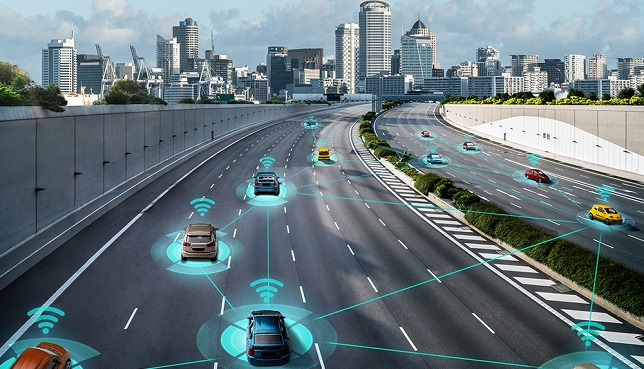
Modern vehicles are no longer just machines that take you from point A to point B. They’re evolving into rolling computers, packed with sensors, processors, and wireless communication tools. These connected vehicles are the heartbeat of smart cities — moving nodes in a massive urban network, constantly exchanging data with the world around them.
In a smart city, every second counts. Traffic patterns change, accidents happen, roadworks pop up — and static systems can’t keep up. Connected vehicles offer a solution: real-time communication, data sharing, and predictive decision-making. This isn’t science fiction — it’s already starting to shape urban mobility across the globe, including in Malaysia.
What Is a Connected Vehicle?
A connected vehicle is a vehicle that can communicate with:
-
Other vehicles (V2V – Vehicle-to-Vehicle)
-
Traffic infrastructure like lights or signs (V2I – Vehicle-to-Infrastructure)
-
Pedestrian devices like smartphones (V2P – Vehicle-to-Pedestrian)
-
The cloud and citywide networks (V2N – Vehicle-to-Network)
This entire system is referred to as V2X (Vehicle-to-Everything) communication. It uses technologies like:
-
DSRC (Dedicated Short-Range Communication)
-
C-V2X (Cellular Vehicle-to-Everything)
-
5G networks
-
IoT (Internet of Things) platforms
These systems work together to create a real-time transport web, where decisions are made based on live data — not guesswork.
Why Connected Vehicles Matter in Smart Cities
Malaysia’s cities — Kuala Lumpur, Johor Bahru, Penang, and others — are facing growing problems like traffic congestion, rising emissions, road safety risks, and inefficient public transport. Traditional solutions aren’t enough anymore.
Connected vehicles help solve these issues by enabling proactive, predictive, and data-driven management of urban transportation. Here’s how:
1. Smart Routing and Traffic Optimization
When vehicles communicate with traffic lights and central systems, traffic becomes fluid.
-
Real-time data from vehicles allows the city’s Traffic Management Centers (TMCs) to dynamically adjust signal timing, reducing bottlenecks.
-
Navigation systems can suggest alternate routes in milliseconds if a crash is reported ahead.
-
Connected vehicles can even slow down or change lanes automatically based on traffic behavior around them.
For a city like Kuala Lumpur, where peak-hour jams are a daily struggle, connected routing can significantly reduce idle time, fuel waste, and commuter stress.
2. Dynamic Speed Control Based on Live Data
Speed limiting becomes much smarter when integrated into a connected vehicle ecosystem.
-
Vehicles can adjust speed automatically when entering school zones or accident-prone intersections.
-
Speed thresholds can change based on weather conditions, traffic density, or road surface data (e.g., wet, icy, under repair).
-
Authorities can push temporary speed limits via the network in real-time — for example, after a flood or during a city-wide event.
These applications go far beyond traditional speed limiters and are essential in preventing crashes before they happen.
3. Accident Avoidance Through Predictive Analytics
With V2V and V2I communication, vehicles can warn each other about dangerous situations — even before drivers see them.
Examples:
-
A car suddenly braking ahead on the highway? All cars behind get a forward collision alert.
-
A motorcyclist in a blind spot? The system detects and warns the driver.
-
A pedestrian crossing out of view? A signal from a nearby smartphone triggers a warning in the dashboard.
These features work hand-in-hand with ADAS (Advanced Driver Assistance Systems), reducing human error — the cause of over 90% of road accidents.
4. Urban Planning with Live Traffic Heatmaps
City planners often struggle with outdated or static traffic data. Connected vehicles fix this.
By constantly sending anonymized travel data to central systems, these vehicles help build:
-
Real-time traffic heatmaps
-
Driver behavior analytics (speeding, braking, idling patterns)
-
Environmental impact metrics (carbon emissions, fuel use)
-
Public transport optimization (bus delays, route effectiveness)
This data gives city planners the tools to redesign roads, implement smart tolls, and even improve first responder dispatching in emergencies.
The Malaysian Context: Smart Cities in Motion
Malaysia is already making big moves in smart mobility through initiatives like:
-
MyDIGITAL Blueprint
-
Smart Selangor Mobility Program
-
Cyberjaya Smart City Framework
-
Malaysia 5G infrastructure rollout
The rise of local innovators like Resolute Dynamics, combined with support from global tech partners, is creating the foundation for connected vehicle adoption across:
-
Commercial fleets (logistics, ride-sharing, public buses)
-
Government fleets (waste collection, enforcement vehicles)
-
School transport and safety systems
Fleet operators using connected vehicle platforms can reduce:
-
Downtime
-
Accident risks
-
Fuel costs
-
Regulatory violations
All while improving passenger and pedestrian safety in crowded urban zones.
Security and Ethics in Connected Mobility
Of course, with great connectivity comes great responsibility. Security in V2X communication is a top concern.
-
Encryption protocols, secure OTA updates, and firewalls must be built into every system.
-
Data privacy must be respected — especially for location-based information and driver behavior.
Malaysia’s regulatory bodies, like the Malaysian Communications and Multimedia Commission (MCMC) and the Ministry of Transport, will play key roles in setting data governance standards for connected mobility.
Regulatory and Compliance Landscape in Malaysia
Malaysia is in the middle of a transportation transformation — shifting from traditional vehicle oversight to a more intelligent, data-driven model of road safety. As part of this shift, vehicle safety regulations, especially for commercial and public service fleets, are starting to align with global best practices.
Although not all rules are fully in place yet, there’s a strong and growing regulatory push toward mandatory speed limiters, driver behavior monitoring, and fleet telematics in Malaysia. This trend is closely tied to national goals under the MyDIGITAL Blueprint, Industry 4.0 (IR4.0) strategies, and Malaysia’s broader move toward smart cities.
Let’s explore what this means for businesses, fleet operators, and safety tech providers.
Current Regulatory Developments (As of 2025)
Malaysia’s regulatory agencies, such as the Road Transport Department (JPJ) and the Ministry of Transport (MOT), have introduced several initiatives targeting road safety:
Notable Guidelines and Initiatives:
-
JPJ Pilot Programs on Speed Limiting Devices (SLDs) for commercial buses and trucks
-
School Bus Safety Framework recommending speed governors and GPS tracking
-
Driver Fatigue Management Programs for long-distance freight and tour buses
-
Smart Surveillance Projects using live data from fleet telematics systems
Although not yet enforced nationwide, these frameworks are precursors to national mandates, and serve as strong signals for what’s coming.
Key Compliance Focus Areas Emerging in Malaysia
Here are the core focus areas where Malaysia is tightening its transportation compliance systems:
1. Speed Limiter Certification
There is increasing demand for certified speed limiter devices that conform to standards like:
-
UN ECE R89 (Speed Limitation Devices for Vehicles)
-
ISO 26262 (Functional Safety of Road Vehicles)
In Malaysia, early adoption of these certified devices — such as those developed by companies like Resolute Dynamics — helps fleets demonstrate proactive compliance.
2. Driver Behavior Monitoring
Using telemetry data to assess driver performance is becoming a compliance necessity. Authorities now recommend tools that can track:
-
Over-speeding
-
Harsh braking
-
Idling time
-
Lane drifting
-
Driving hours (for fatigue prevention)
Companies with poor driver behavior data may face licensing delays, fines, or insurance penalties in the near future.
3. Fleet Telematics Integration
Fleet owners are being encouraged to install real-time vehicle tracking systems connected to a central dashboard. These help:
-
Provide live trip data to JPJ or MOT
-
Enable emergency location tracking
-
Monitor compliance with route restrictions or load limits
Resolute Dynamics’ GPS tracking systems and smart lift monitoring tools are aligned with these compliance efforts.
Non-Compliance Risks Are Rising
As regulations get tighter, companies that ignore smart safety systems could face multiple consequences:
-
Heavier fines for road violations
-
Higher insurance premiums
-
Loss of public contracts, especially for school or municipal transportation
-
Reputation damage in the event of preventable accidents
Insurers are already beginning to offer discounted premiums for fleets that use telematics, speed limiting, and certified driver training — because these tools reduce both risk and liability.
Why Early Adoption Pays Off
Fleet operators and transport companies that start complying before regulations become mandatory gain clear business advantages:
Strategic Benefits of Early Compliance:
-
Insurance savings from safer operations
-
Improved fleet efficiency through data-driven optimization
-
Better public trust, especially for school buses and transport vehicles
-
Faster approval for government and B2B contracts
-
Lower legal exposure in case of accidents
Early adopters also get time to train drivers, test systems, and build internal compliance culture — making the eventual transition smoother and more cost-effective.
The Role of Safety Tech Providers in Shaping Policy
Companies like Resolute Dynamics aren’t just selling products — they’re actively helping define what smart road compliance should look like in Malaysia.
Through partnerships with:
-
Government bodies (MOT, JPJ)
-
Local councils and city traffic departments
-
Private fleet operators
-
Education boards for school transport compliance
…these tech providers are setting new benchmarks for connected vehicle safety. Their tools — such as dual-speed limiters, terrain-based SLDs, and OTA-enabled systems — make compliance easier, automated, and scalable.
Future Outlook: Malaysia as a Leader in Smart Road Safety
Malaysia isn’t just following global trends — it’s carving its own path. Initiatives like MyDIGITAL and IR4.0 strategies highlight the country’s commitment to becoming a smart economy.
With local innovators like Resolute Dynamics pushing the envelope in fleet automation, Malaysia is poised to become a regional hub for smart mobility and safety tech. There’s huge potential for:
-
Public-private partnerships
-
International smart city collaborations
-
Exportable Malaysian safety tech
By embracing speed limiting tech, OTA systems, and smart tracking, the country is investing in the lives of its citizens and the future of its cities.
Conclusion: Building a Safer, Smarter Malaysia
Speed isn’t the enemy — unmanaged speed is. As Malaysia gears up for smart cities, connected road safety must become a national priority. From fleet operators to government planners, everyone has a role to play in shaping a future where:
-
Roads are safer
-
Traffic is smarter
-
Technology serves people
Smart cities begin with smart decisions. And choosing innovative speed limiting and fleet management tools is one of them.

